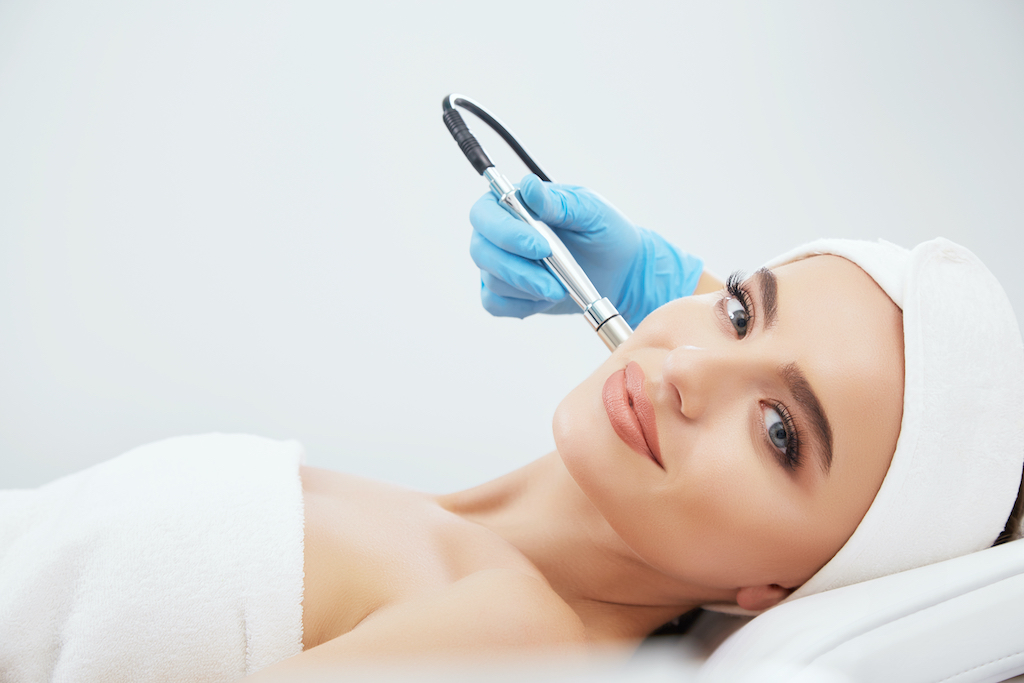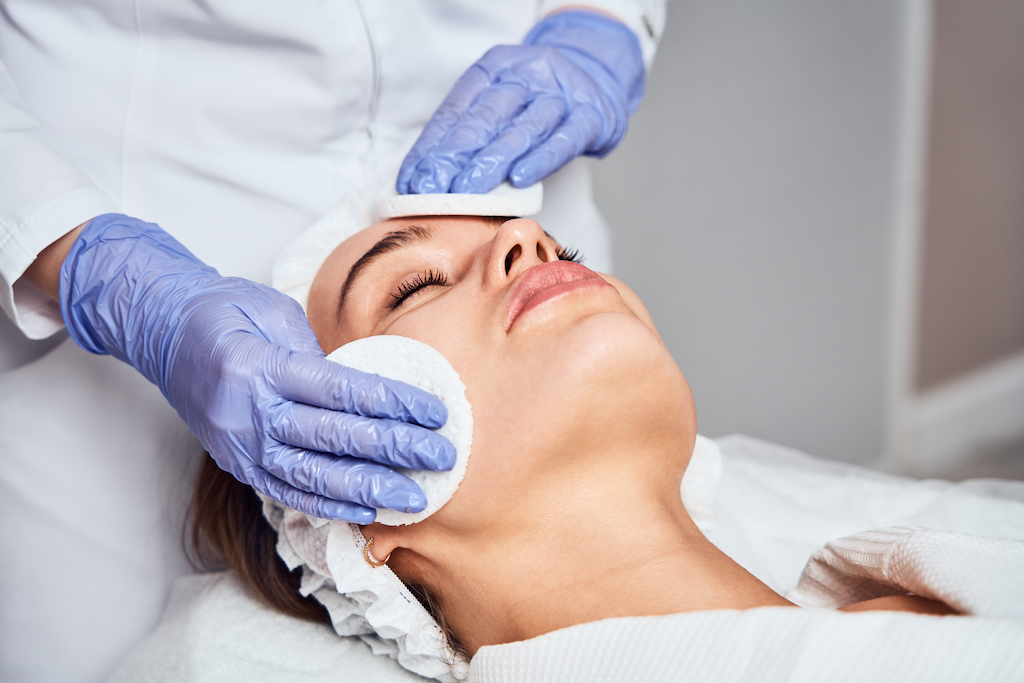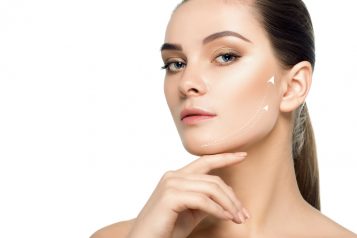Elizabeth Laikhter co-authored this article.
Dr. Samuel Lin is a double board-certified Plastic Surgeon and Associate Professor of Surgery at Harvard Medical School who practices in Boston, Massachusetts. Dr. Lin received his Bachelor’s degree in Biomedical Engineering at Northwestern University and was enrolled in the Honors Program for Medical Education at Northwestern University, Feinberg School of Medicine, Chicago, Illinois. Dr. Lin completed a one-year fellowship appointment in Microvascular Reconstructive Surgery at the world-renowned University of Texas M.D. Anderson Cancer Center in Houston, Texas. He has also been named a Top Influencer in #PlasticSurgery. Dr. Lin is board certified by both the American Board of Plastic Surgery and the American Board of Otolaryngology-Head and Neck Surgery. Dr. Lin is board certified by two ABMS boards. He is Program Director of the BIDMC-Harvard Plastic and Reconstructive Surgery residency, and Co-Director of the Harvard Aesthetic and Reconstructive Plastic Surgery Fellowship at BIDMC. Dr. Lin was awarded the recipient of a “Mentoring Award,” by Harvard Medical School through a special nomination process which is sent out to all Harvard faculty members, house officers, fellows, and students. He has been a Boston “Top Doc” for several years in plastic surgery. Haute Beauty Expert Dr. Lin dishes on microdermabrasion, a skin procedure that can help treat damaged skin, and as a result stimulate new skin growth.
 Photo Credit: ShutterstockWhat is the purpose of microdermabrasion?
Photo Credit: ShutterstockWhat is the purpose of microdermabrasion?
Microdermabrasion is a non-invasive skin procedure that involves the removal of the outermost layer of the skin, which is called the stratum corneum. The purpose of microdermabrasion is to remove dead skin and stimulate new skin growth. It is used to treat damaged skin resulting from sun exposure, aging, acne, and scarring. It can diminish the appearance of skin irregularities such as age spots, acne scars, and melasma (discoloration of the skin).
What happens during a microdermabrasion procedure?
A special instrument propels tiny crystals toward the skin which gently break up dead skin cells in the outermost stratum corneum layer. The instrument then gently suctions the crystals and dry skin off the surface of the face. Although only the stratum corneum layer is removed, the procedure causes re-arrangement of cells in deeper skin layers, which makes the skin appear smoother and more even-toned.
How are deeper layers affected after microdermabrasion?
The vibrations and pressure caused by microdermabrasion have been shown to promote redistribution of blood flow to the skin. The gentle pressure has also been shown to cause rearrangement of cells in deeper layers of the skin called the stratum basale and the dermis.
-In the stratum basale, cells called melanocytes contribute to the color of your skin by producing pigment. Darker areas of your skin have a higher concentration of these cells, and lighter areas have a lower concentration of these cells. Microdermabrasion causes these cells to become more evenly dispersed in the stratum basale, resulting in a more even skin tone.
-The dermis is a tough layer of skin responsible for skin structure and integrity. Collagen is an essential molecule making up a majority of the dermis. The concentration of collagen in the dermis decreases with age. Microdermabrasion stimulates collagen growth, which strengthens the skin, making it appear smoother and more youthful.
 What can I expect when seeing my plastic surgeon about microdermabrasion?
What can I expect when seeing my plastic surgeon about microdermabrasion?
Before the day of your procedure, you should have a consultation with a board-certified plastic surgeon or dermatologist to confirm that you are a good candidate for microdermabrasion and establish an optimal plan for your microdermabrasion treatment.
On the day of your procedure, your surgeon will cleanse your face before starting. The treatment takes about 30-45 minutes to complete. Since the instrument used for microdermabrasion is exfoliating your skin, you may feel mild scratching as well as vibrations and suction during the course of the treatment.
You may go home immediately after your procedure and resume normal daily activities, taking extra precaution when out in sunlight.
How can I optimize post-procedure care?
After your treatment, your skin may appear mildly red and sting slightly, but should not impair your daily activities. Your skin will be more sensitive to the sun and it is essential to wear protective sunscreen any time you leave the house. Additionally, you should moisturize your skin and apply skincare products as instructed by your plastic surgeon or dermatologist.
How many treatments will I need?
To maximize results, several microdermabrasion procedures are recommended. Initially, treatments are recommended every two weeks. Treatments can then be spaced out to once a month and later to twice a year. Most people have between 6 and 12 treatments total for optimal skin rejuvenation.
What are alternatives to microdermabrasion?
There are several minimally invasive procedures similar to microdermabrasion you can ask your plastic surgeon about including dermaplaning, laser treatments, and chemical peels. Each procedure is unique and can achieve different goals. You should discuss your specific goals with your plastic surgeon or dermatologist so they can help determine the best treatment for you.
For more information, visit Dr. Brian A. Levine's social media:

























